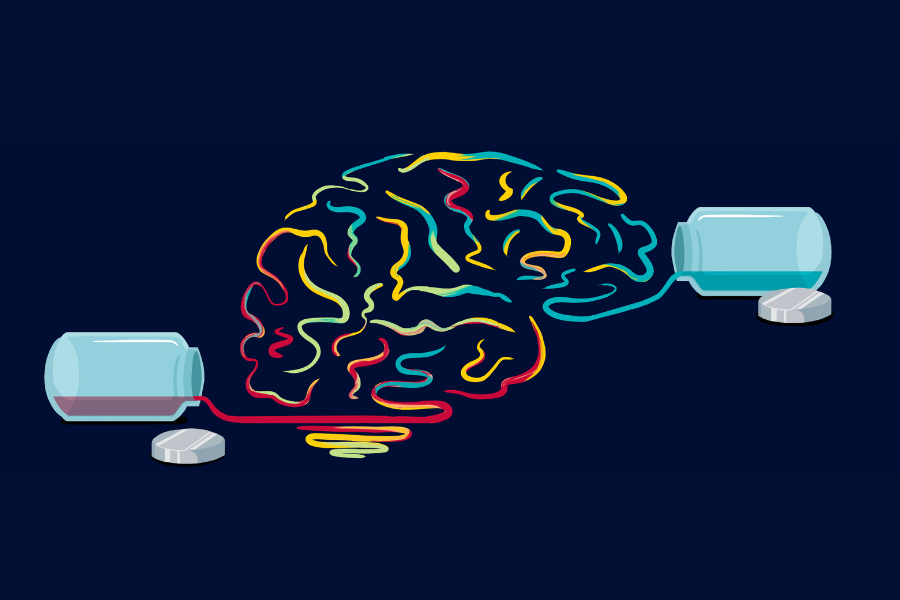What is new in autism treatment?

Autism Spectrum Disorder (ASD) is a neurodevelopmental disorder that affects communication, social interactions, and behavior. While there is no cure for autism, early intervention and individualized treatment can help individuals with ASD improve their quality of life and achieve their full potential. In recent years, there have been significant advancements in autism treatment. In this article, we will discuss the latest developments in autism treatment.
Individualized Treatment Plans: One of the most significant changes in autism treatment is the move towards individualized treatment plans. Rather than a one-size-fits-all approach to treatment, practitioners are working to develop treatment plans that are tailored to the unique needs of each individual with autism. This personalized approach takes into account an individual’s strengths, weaknesses, and interests, and provides a more comprehensive approach to treatment.
Early Intervention: Early intervention is crucial in treating autism. The earlier a child receives treatment, the more effective it is likely to be. There are now more opportunities for early identification, with screening tools and diagnostic criteria that have improved in recent years.
Behavioral and Developmental Therapies: Behavioral and developmental therapies are some of the most commonly used treatments for autism. Applied Behavioral Analysis (ABA) is a type of therapy that has been extensively researched and proven effective. This therapy focuses on teaching individuals with autism functional and adaptive skills by breaking down tasks into small, manageable steps and providing rewards for positive behavior.
Other types of therapies such as Speech Therapy, Occupational Therapy, and Social Skills Training can help individuals with autism develop communication skills, manage sensory issues, and improve their social competence.
Medication: Medication is not a cure for autism but can be helpful in treating some of the associated symptoms of autism such as anxiety and depression. However, medication should only be used under the guidance of a medical professional.
Assistive Technology and Augmentative Communication: Assistive technology and augmentative communication devices have become increasingly common and are an effective way to support individuals with autism. These devices can help people with autism communicate, learn, and manage daily living skills and provide a way for them to participate more fully in their communities.
In conclusion, there have been significant advancements in autism treatment in recent years, with a growing emphasis on individualized treatment plans, early intervention, and a range of therapies and technologies. Although there is no cure for autism, with appropriate treatment and support, individuals with autism can lead fulfilling lives and achieve their full potential.
